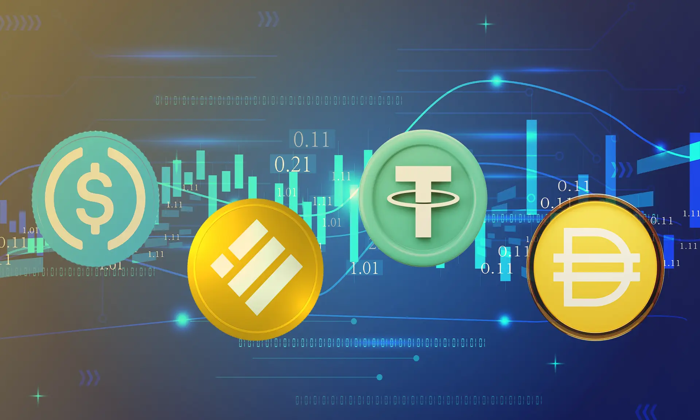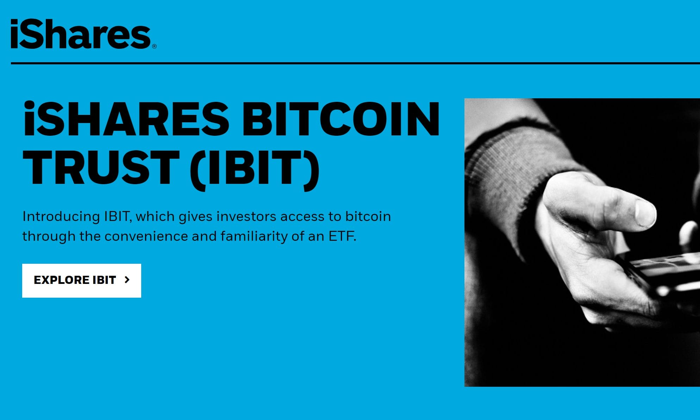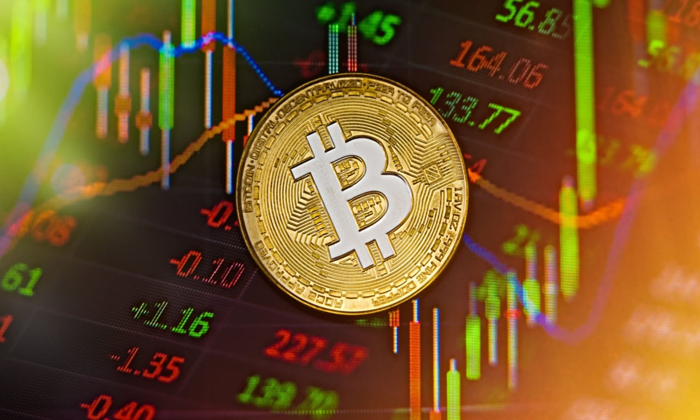Stablecoins are transforming the landscape of digital currency and global payments, emerging as a critical component of the financial infrastructure. Unlike traditional cryptocurrencies, stablecoins are pegged to stable assets like fiat currencies, which minimizes volatility and fosters trust among users. This innovation has spurred rapid growth in the stablecoin market, with its market capitalization reaching new heights as transaction volumes outpace those of major players like Visa. Furthermore, the potential for stablecoin payments to streamline cross-border transactions positions them as a preferred choice for businesses seeking efficiency and cost-effectiveness. As the regulatory environment around stablecoins tightens, understanding their implications for the future of finance has never been more essential.
Digital tokens backed by stable assets, often referred to as stablecoins, are establishing themselves as key players in modern finance. These cryptocurrency derivatives offer a refuge from market volatility, making them increasingly attractive within the financial technology landscape. Their rise signifies a shift towards digital cash alternatives that seamlessly integrate into everyday transactions, heralding a new era for cross-border remittances and local commerce solutions. As the realm of cryptocurrency continues to expand, these collateralized digital currencies uphold the potential to redefine traditional financial systems and ultimately reshape global payment infrastructures.
The Surge of Stablecoins in the Financial Landscape
In recent years, stablecoins have transitioned from a niche market to becoming a critical component of the global financial ecosystem. With a market cap that has swelled from under $150 billion to an unprecedented $232 billion, stablecoins are driving a significant shift in how transactions are processed internationally. Not only have transaction volumes tripled, surpassing traditional networks like Visa, but the diverse range of stablecoins available now caters to various geographic and demographic needs. This expansion indicates a fertile ground for innovation within the digital currency sphere, as PlayPal’s PYUSD and familiar names like USDT and USDC dominate the transaction flow.
Stablecoins now serve as a bridge between traditional finance and real-world payment systems, disrupting established banking norms. Their ability to facilitate low-cost, instantaneous transactions has attracted attention beyond the cryptocurrency community, making them appealing for a vast range of users. Moreover, as regulatory frameworks begin to shape around these digital currencies, the potential for stablecoins to enhance financial inclusion and provide solutions for underserved markets is only becoming clearer.
Navigating Regulatory Changes in the Stablecoin Market
The impending U.S. regulations, exemplified by the bipartisan GENIUS Act, could catalyze a monumental shift in the stablecoin market. By establishing a comprehensive regulatory framework that accommodates both bank and non-bank issuers, the U.S. government is positioning itself to enhance the safety and reliability of stablecoins without hampering innovation. This delicate balance is essential for creating an environment where these digital currencies can thrive, securing consumer confidence and attracting further enterprise adoption.
The STABLE Act is another significant legislative effort aimed at solidifying the framework for stablecoins. By focusing on risk management and consumer protection, this act lays the groundwork for a more transparent and compliant stablecoin ecosystem. Enhanced anti-money laundering protocols and oversight will not only protect users but also help to legitimize stablecoins within the broader financial context, paving the way for wider acceptance within traditional finance.
Frequently Asked Questions
What are stablecoins and how do they impact the stablecoin market?
Stablecoins are cryptocurrencies pegged to stable assets, usually a fiat currency like the U.S. dollar, which minimizes volatility compared to traditional cryptocurrencies. The stablecoin market has seen immense growth, with market caps rising significantly as they power global payments, acting as foundational infrastructure for financial transactions.
How is stablecoin regulation evolving in the United States?
Stablecoin regulation in the U.S. is becoming more structured, with proposals like the GENIUS Act and STABLE Act aiming to create a balanced framework for stablecoin issuers. These regulations focus on consumer protection, ensuring stablecoins are fully backed, and increasing oversight, which could significantly enhance trust and stability in the stablecoin market.
What are the benefits of using stablecoins for global payments?
Stablecoins provide numerous advantages for global payments, including instant settlements, low transaction costs, and 24/7 availability without depending on traditional banking systems. By using stablecoins, businesses can efficiently conduct cross-border transactions while avoiding high fees associated with services like SWIFT.
How are enterprise infrastructure and stablecoins related?
Stablecoins are increasingly being integrated into enterprise infrastructure due to their ability to facilitate fast and cost-effective transactions. Companies are adopting stablecoins for their treasury operations, leveraging technologies that allow seamless payment routing and enabling programmable payment solutions that enhance liquidity and efficiency.
Why are consumer payment apps integrating stablecoins?
Consumer payment apps like PayPal and Venmo are integrating stablecoins to enhance user experience and provide customers with the ability to transact globally with minimal friction. This integration allows users to send remittances and pay merchants without needing extensive knowledge of blockchain technology, thereby driving wider stablecoin adoption.
What role do stablecoins play in high-inflation economies?
In high-inflation economies, stablecoins serve as a store of value, helping individuals and businesses preserve their wealth against currency devaluation. People often prefer holding stablecoins to mitigate risks associated with local fiat currencies, while businesses utilize them for treasury operations and real-time payments.
What is the future outlook for the stablecoin market?
The future outlook for the stablecoin market is promising, with expectations of reaching a market cap exceeding $400 billion in the near future. As regulatory frameworks develop and consumer familiarity with stablecoins increases, their integration into everyday finance will likely become seamless, further solidifying their role in the global payments architecture.
| Key Point | Details |
|---|---|
| Stablecoins Growth | The stablecoin market cap has risen to $232 billion, with transaction volumes tripling. |
| Regulatory Developments | The U.S. is moving towards stablecoin regulation with the GENIUS Act and STABLE Act, focusing on safety and innovation. |
| Enterprise Adoption | Stablecoins are being adopted for faster, cheaper, and programmable payments in enterprises, integrating with platforms like Stripe. |
| Consumer Payment Integration | Major apps like PayPal and Venmo are embedding stablecoin functionality, facilitating global transactions. |
| Emerging Stablecoin Economy | Stablecoins are outpacing traditional banking in regions with high inflation, providing users a reliable store of value. |
| Future Outlook | The market cap may exceed $400 billion by next year; regulatory frameworks are essential to further development. |
Summary
Stablecoins are transforming the landscape of digital payments, positioning themselves as a viable alternative to traditional financial systems. With substantial growth and regulatory advancements underway, stablecoins are predicted to become an integral part of everyday transactions for both consumers and enterprises. As these digital assets gain traction, their potential to enhance financial infrastructure and streamline payments is undeniable.
Stablecoins have emerged as a revolutionary component in the world of digital currency, fundamentally changing how we approach global payments. These innovative financial instruments maintain a stable value by pegging themselves to traditional assets, providing users with both reliability and efficiency. With the stablecoin market cap soaring from $150 billion to a staggering $232 billion, it’s clear that they are not just a passing trend in cryptocurrency but rather a pivotal layer of the financial infrastructure. Major players like Tether, USD Coin, and PayPal’s PYUSD are driving this growth, demonstrating the versatility of stablecoin payments across various sectors. As regulatory bodies increasingly investigate stablecoins regulation, their role in shaping future financial frameworks becomes even more crucial.
Cryptocurrencies that offer stability, commonly referred to as stable assets, are significantly impacting the landscape of virtual currencies and payment processes. These digital tokens, often tied to external reserves, facilitate seamless transactions on a global scale, streamlining cross-border exchanges for individuals and enterprises alike. With growing enterprise adoption and innovations in financial tech, the appeal of these stable assets continues to rise, revealing their potential to redefine the market for electronic payments. As legislative actions take shape, the focus on controlling and promoting these stable assets will likely evolve, ensuring their integration into everyday financial dealings. Consequently, a burgeoning economy centered on stable assets is quickly developing, highlighting their potential for widespread acceptance and use.















